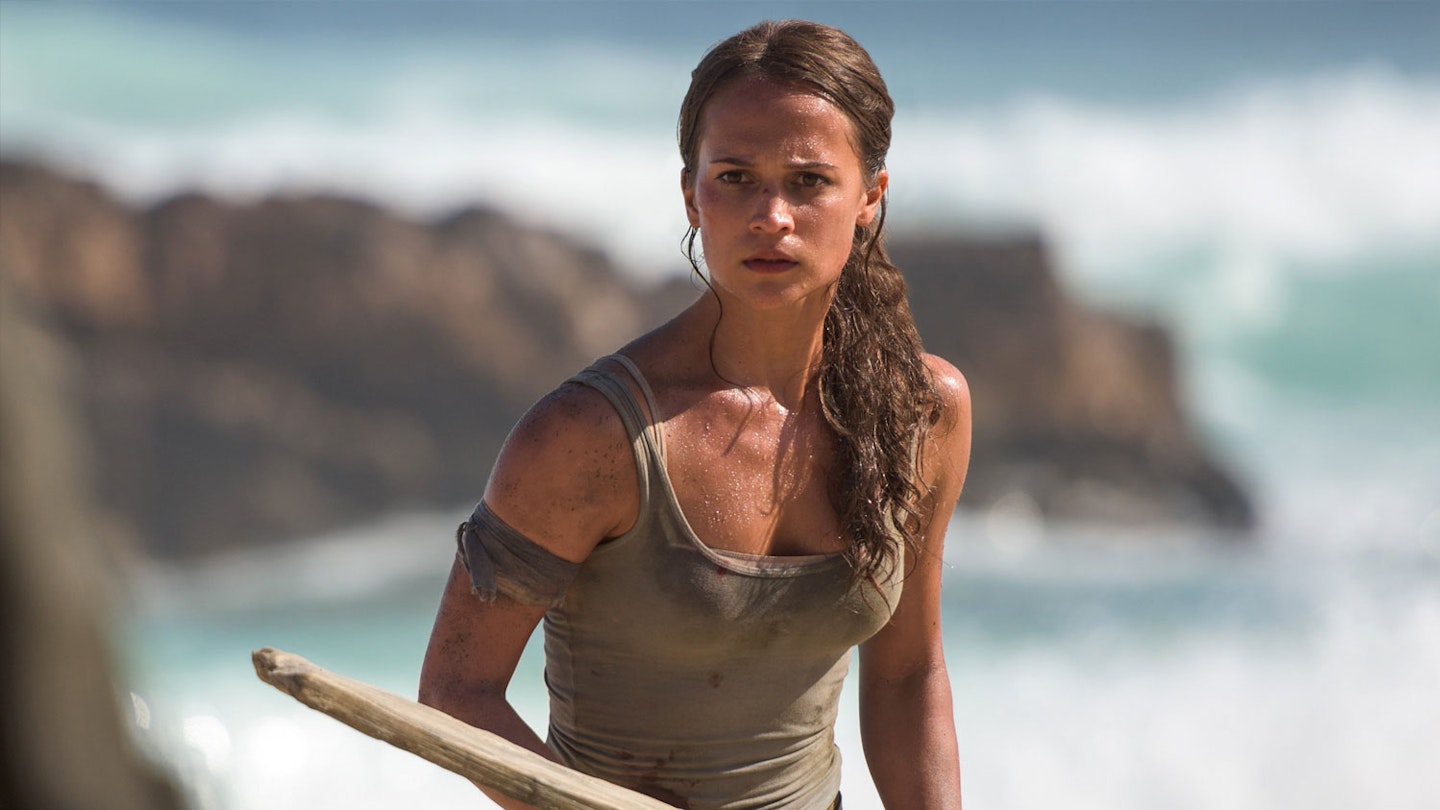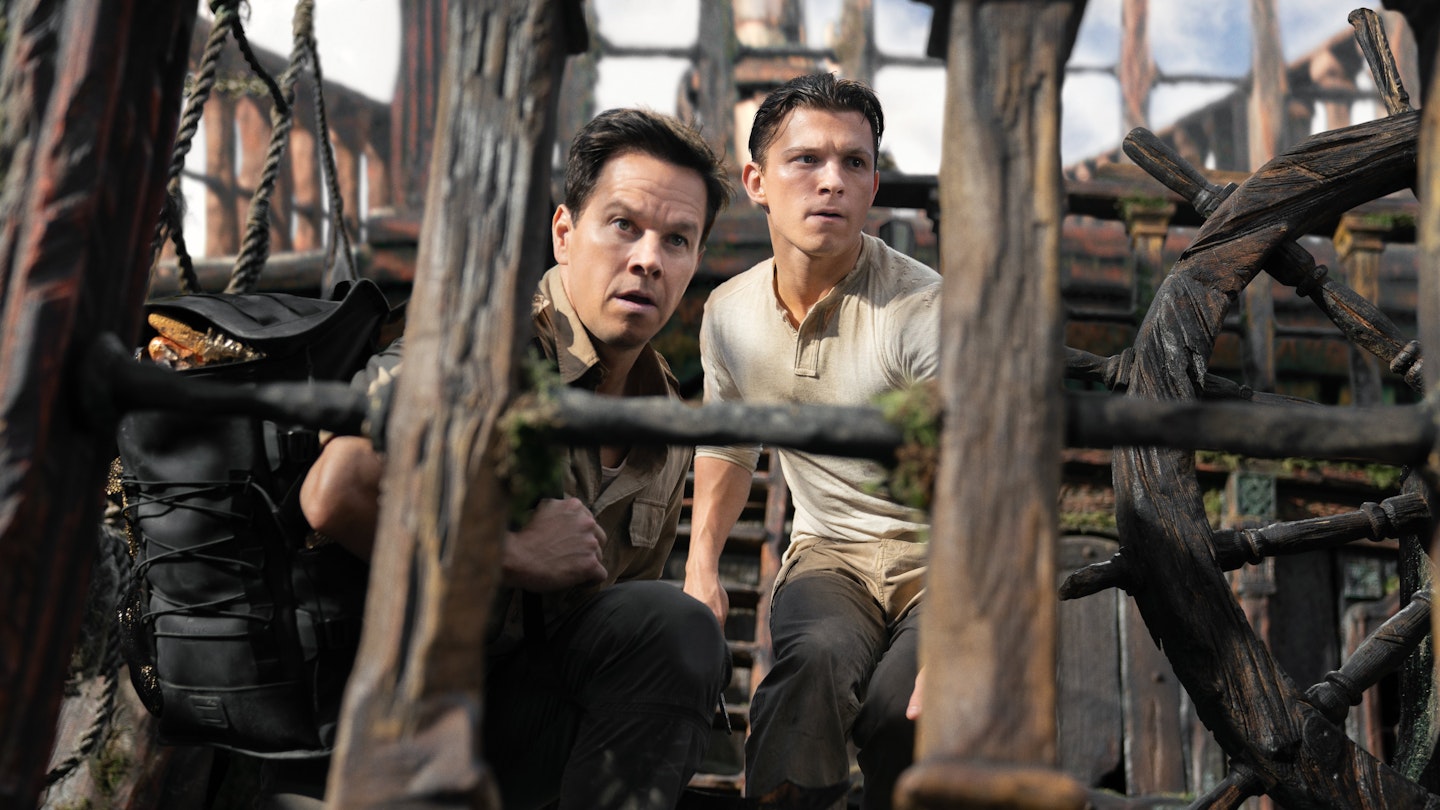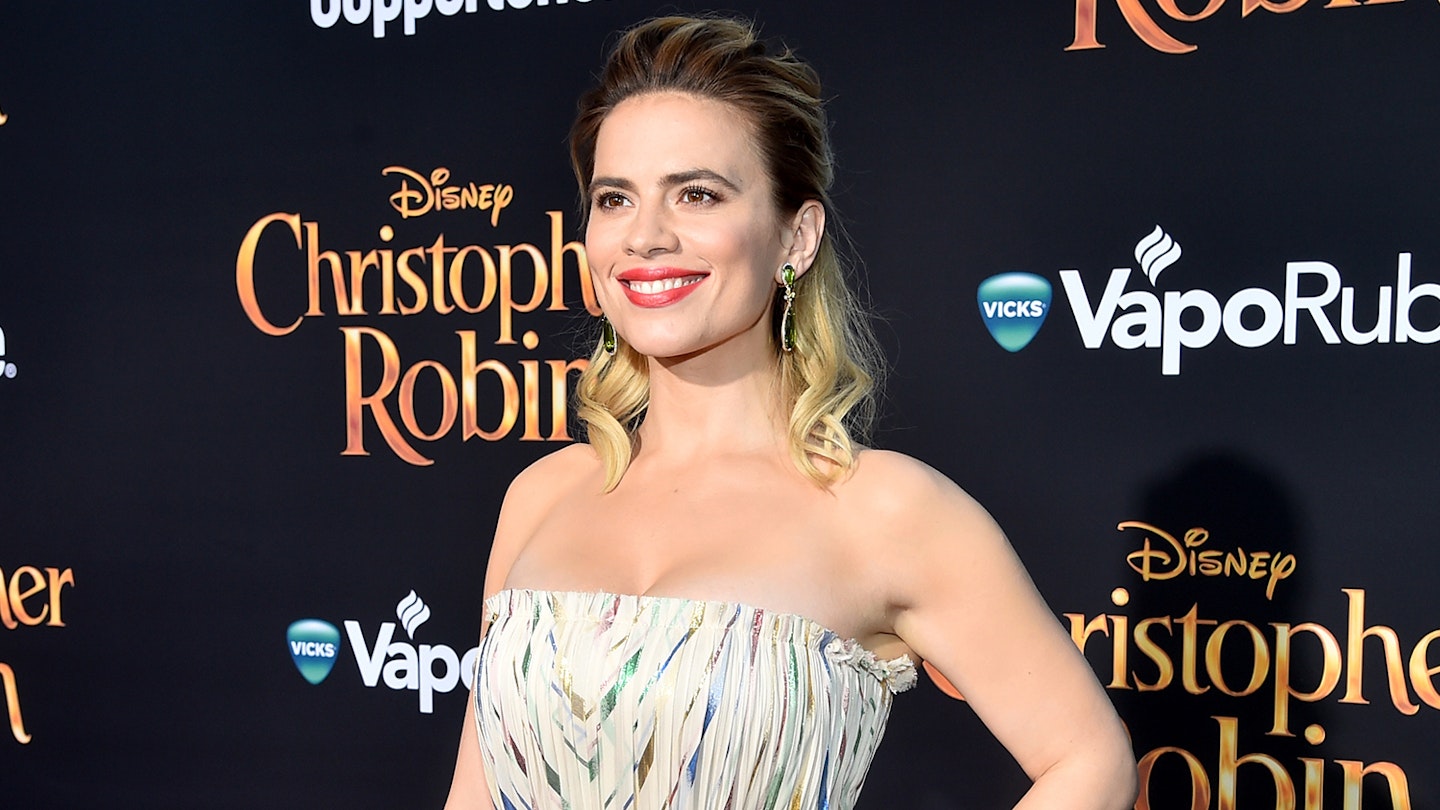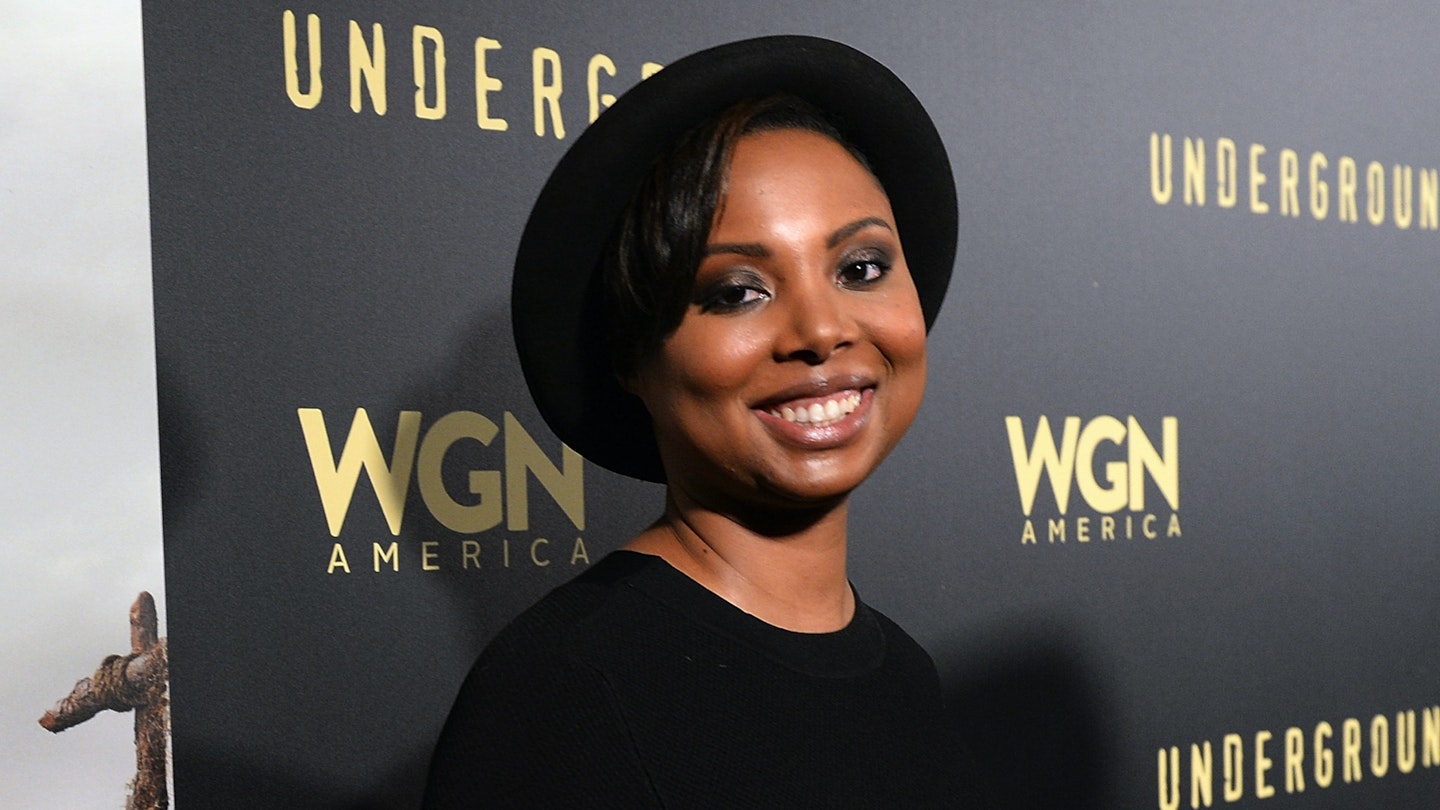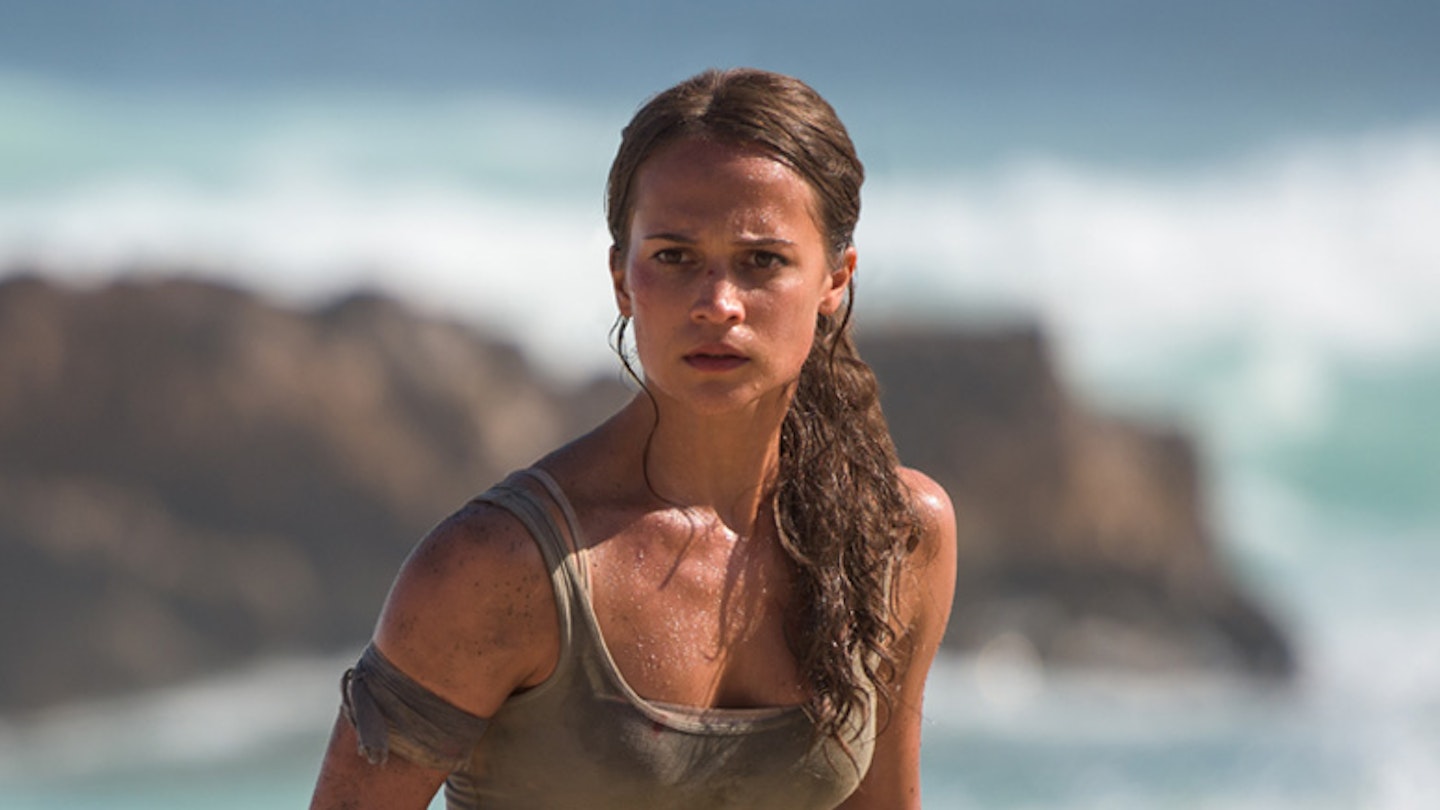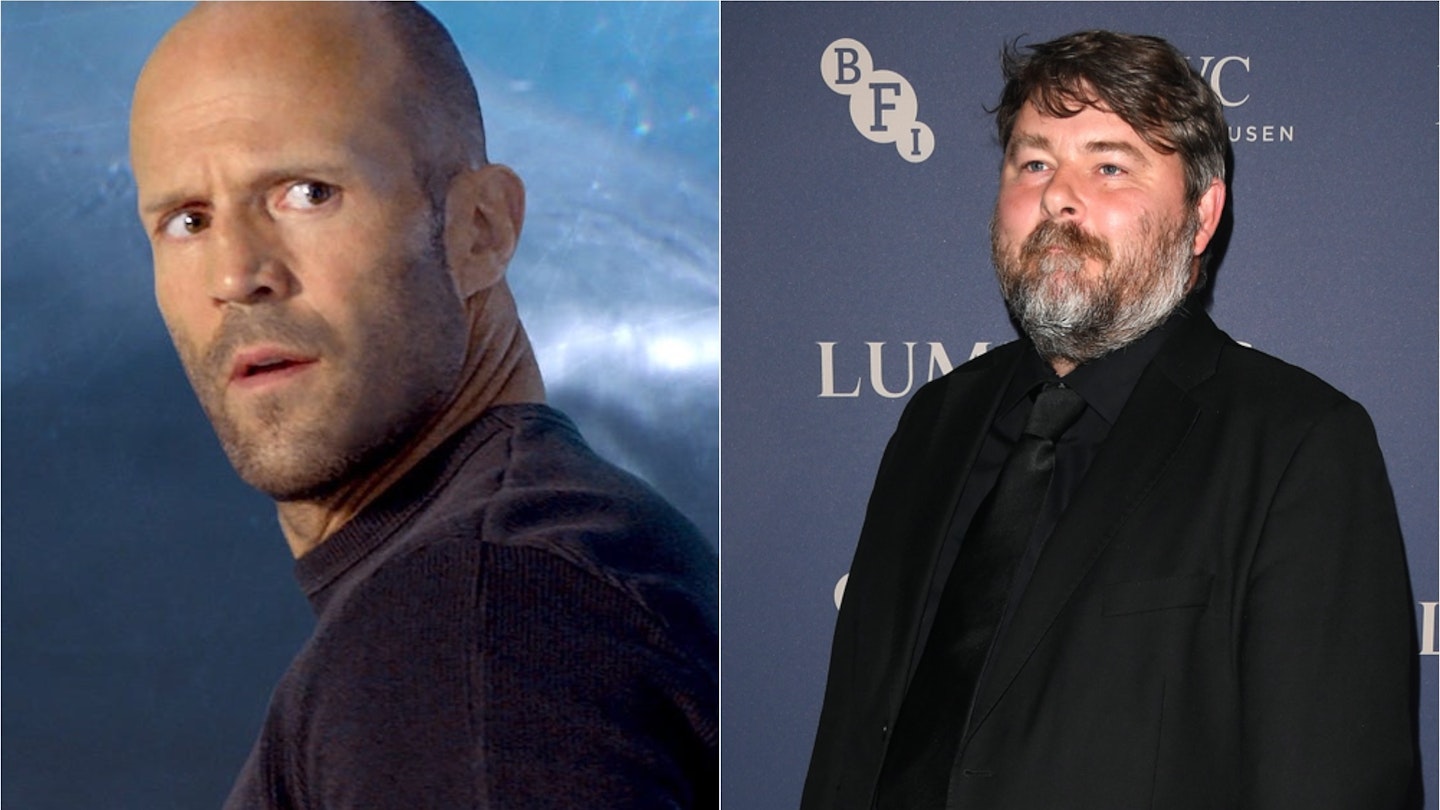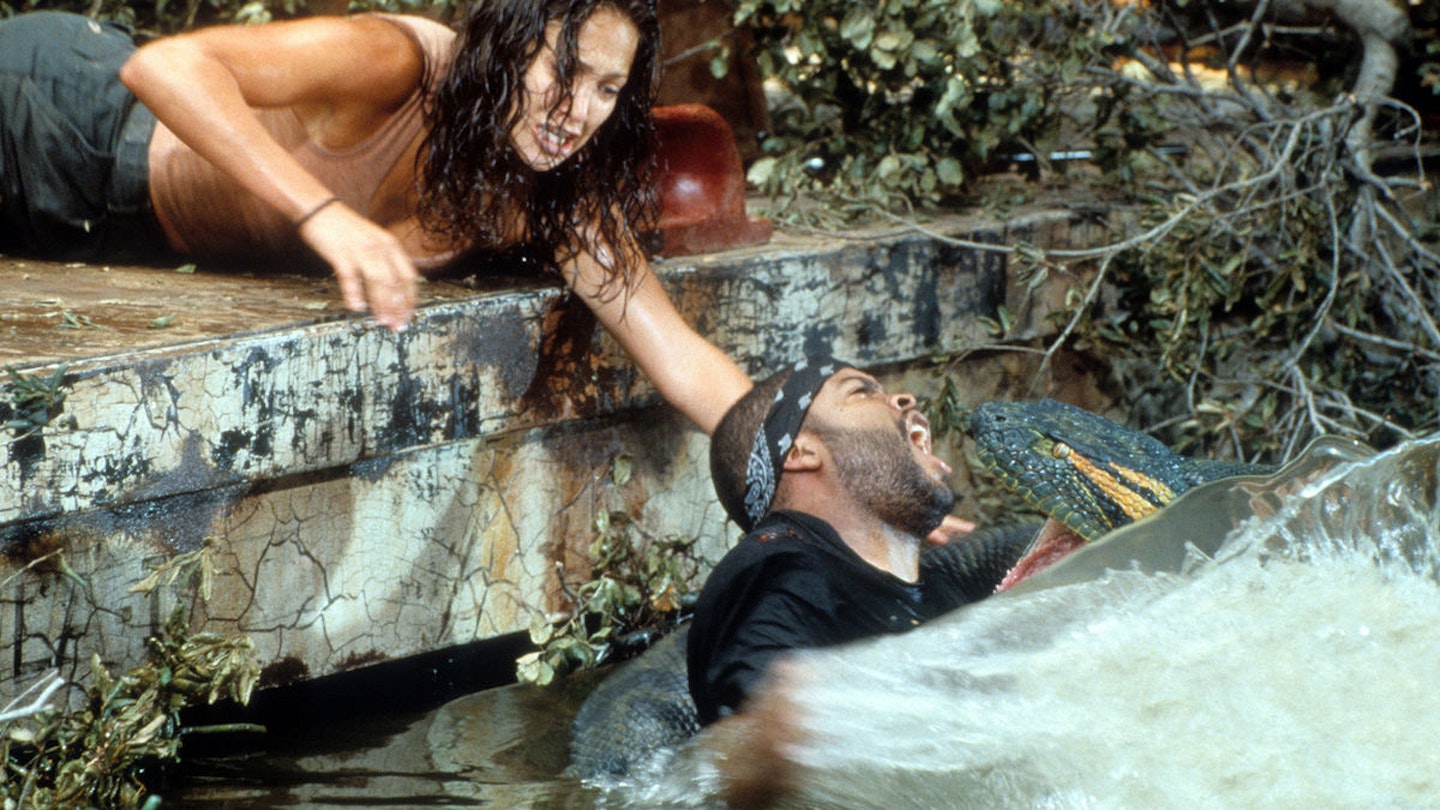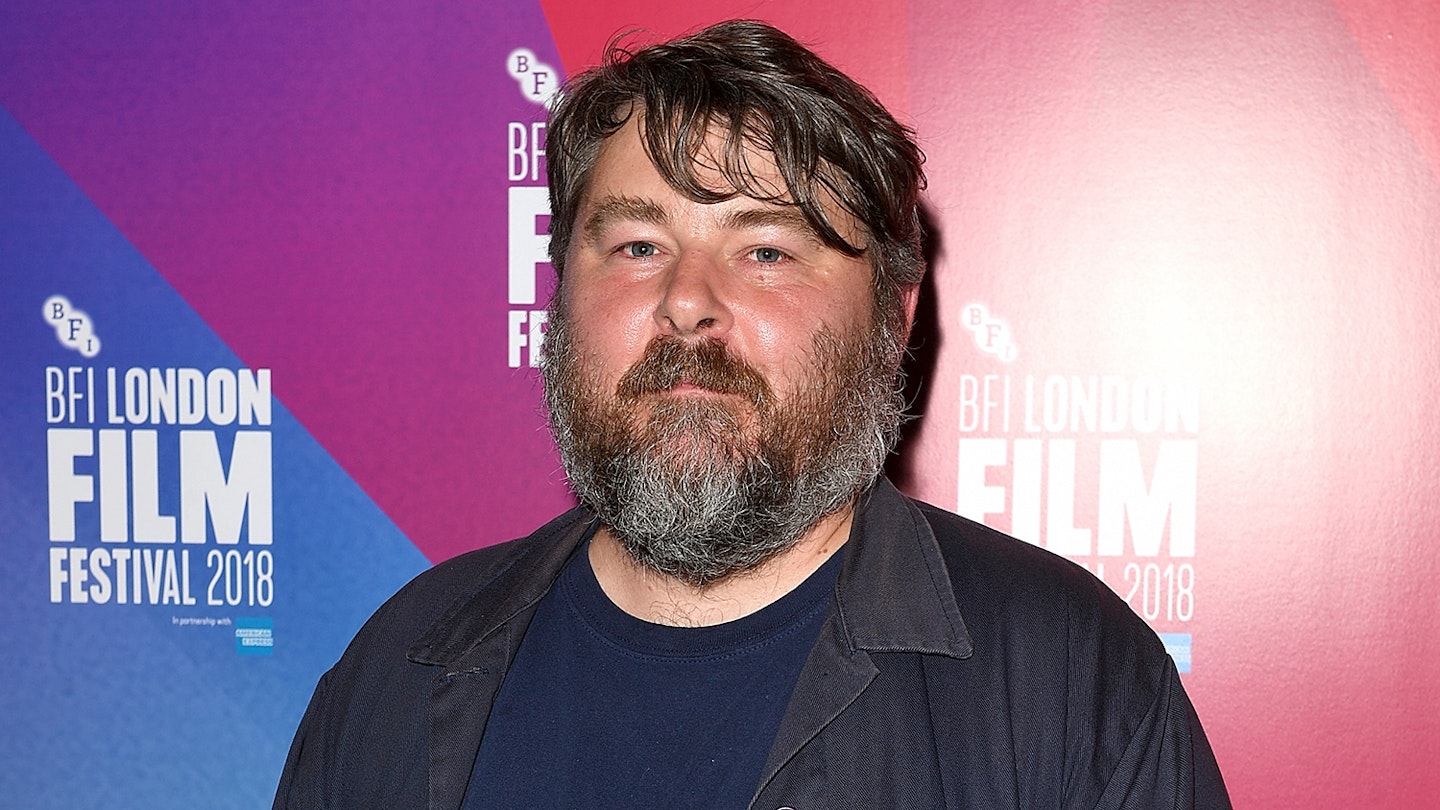Since first appearing as a jumble of jagged polygons in a 1996 PlayStation game, Lara Croft has embedded herself in the pop culture like an artifact in an ancient catacomb. The computer-generated archeologist-turned-sex-symbol is laden with superlatives: more magazine covers than any supermodel; more actors taking the role than Bond or Batman; and, with the two turn-of-the-century Angelina Jolie films, more box-office takings than any video-game adaptation in history.
This reboot is itself based on a reboot: the 2013 video game of the same name, which did much of the groundwork in reestablishing Lara Croft from teenage fantasy to a believable grown-up adventure hero. Gone are the ludicrously disproportionate dimensions and skimpy outfits (no bikini Jet Ski flips this time). In its place is a gritty Nolan-esque tone and a realistic take on the legend.
At least, that seems to be the intention. But this isn’t exactly the Dark Knight of the franchise. “I’m not that kind of Croft,” insists Lara (Vikander) on more than one occasion, seemingly addressed directly at Angelina Jolie. The effort to wipe the slate clean, alas, proves a little misguided.
The supernatural stuff is played so po-faced that it comes off as daft.
This time around, Lara has abandoned her aristocratic homestead for the trendy streets of Shoreditch, in an effort to make her cool and relevant. (Never mind that Shoreditch was actually cool about ten years ago.) Her Nathan Barley existence is interrupted only when her long-missing father comes back into the picture: before his apparent death, he was prescient enough to leave a series of elaborate clues for his resourceful daughter. And so begins a globe-trotting adventure.
With Lara embarking on her father’s last crusade, uncovering a temple of doom, and raiding a lost ark, you’ll win no prizes for guessing which particular beloved franchise the film most brazenly borrows from. (Be thankful there are no crystal skulls.) But while Tomb Raider indulges in the adventure genre’s most obvious tropes — the jet-setting internationalism, the swooping helicopter shots, the careless racial stereotypes — it struggles to offer the character development or narrative depth to match Dr Jones.
Though not entirely humourless, the supernatural stuff — the “mother of death”, the “order of Trinity”, the “chasm of souls” — is played so po-faced that it comes off as daft. And in its desperation to maintain a relentless pace, even mundane events such as a bicycle race are recalibrated into pulsating action sequences. It’s 90 per cent dramatic peril, and competently shot, but it leaves the dialogue scenes feeling suspiciously similar to video game cutscenes.
In those rare moments of breath-catching, the cast are fine. Vikander certainly offers a different interpretation; Kristin Scott Thomas, as her legal guardian, does a great line in lip-pursing; Walton Goggins is left only to sweatily grimace as the ostensible baddie. But few actors could enliven dialogue this dreary. Come the familiar booby-trapped final curtain, Lara inevitably saves the day and lifts the curse; the video-game-to-film adaptation curse, meanwhile, remains to fight another day.
